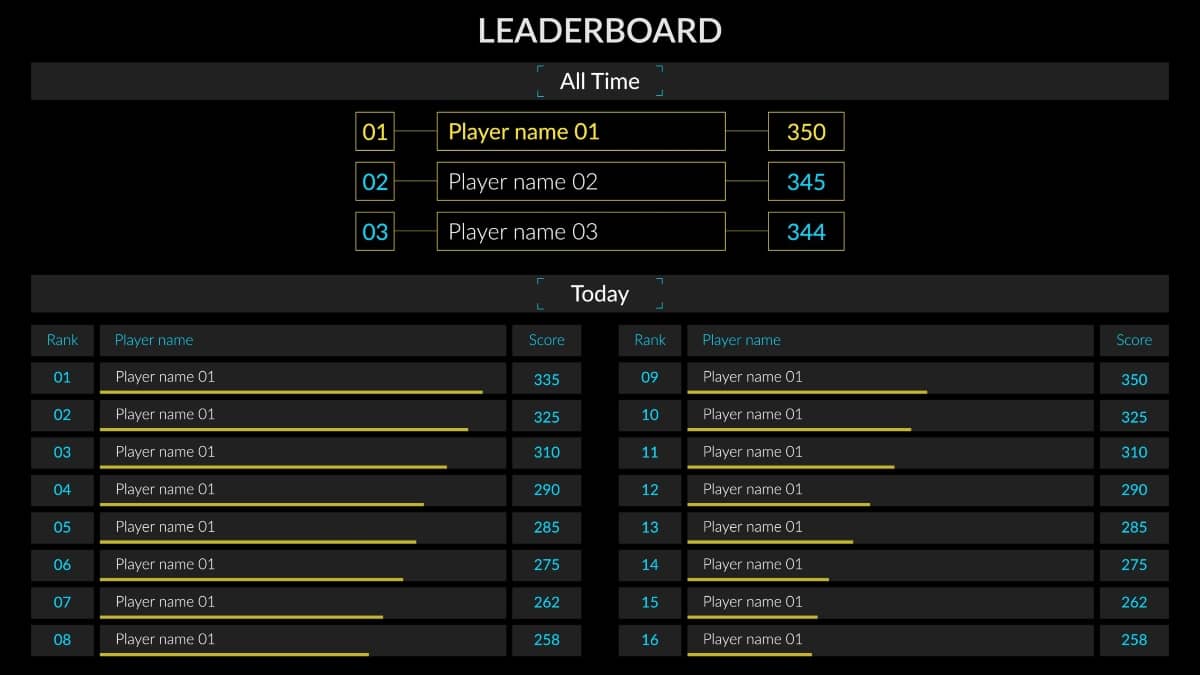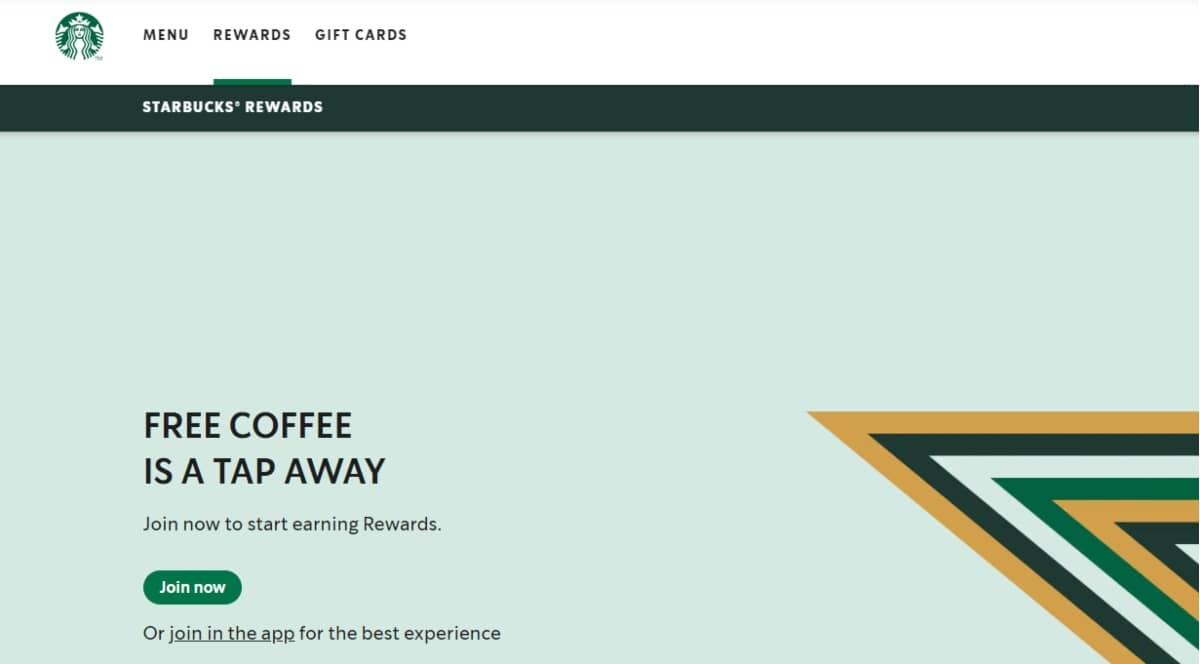Ultimate Guide to Mobile App Gamification in 2025!
It’s no secret that mobile app gamification is rising in popularity with app developers.
With our increasing reliance on mobile devices, app creators have found it worthwhile to use mobile app gamification.
Friendly competition, leaderboards, and rewards captivate users.
And the better the user engagement, the better your retention rates will be.
If you want to use a mobile app gamification strategy to improve your users’ experience and increase engagement, you’re in the right place.
Let’s look at mobile app gamification.
What Is Mobile App Gamification?
Mobile app gamification applies game-like elements in a non-gaming context to increase user engagement and retention while providing an enhanced user experience.
Gamification is a popular trend and an effective way to encourage digital engagement with mobile device apps.
But gamification strategy is not just about making an app fun.
It’s also about designing non-gaming mobile apps with an experience that keeps users coming back for more.
Users get a dopamine hit when you reward their actions, making it more likely they’ll stay on your website or app.
Many industries use gamification tactics, including education, marketing, healthcare, and corporate training. It’s particularly popular with fitness and productivity apps.
Benefits of Gamifying Mobile Apps
There are many benefits to implementing an app gamification strategy.
First, app users get excited when they reach new goals or levels. And that’s something they want to experience often.
If gamification elements give them that feeling, user retention will remain high.
Another benefit is motivation.
Gamification encourages users to stick with your app and achieve higher levels versus moving on to the next shiny thing in the Apple app store.
Consider Maslow’s Hierarchy of Needs. We need to feel like we belong to something.
When app users join groups in your app, they see themselves as part of a community. They’re striving towards the same goals as others.
And leaderboards tap into our human need for recognition and status.
How Mobile App Gamification Works
As part of your mobile app development, here are some things to consider for your gamification design strategy.
1. Rewards
Rewards are a common gamification feature.
Your rewards can be tangible, like a monetary reward. Or they can be virtual rewards, like currency users can use to buy virtual goods or apply to in-app purchases.
2. Competition
There’s nothing like some friendly competition.
For users who thrive on competition, competition is an app gamification strategy they’ll love.
When users compete against each other, it often helps them work harder.
3. Levels
We like to see ourselves moving on an upward trajectory. While it may sound silly, it’s part of human nature.
Each level will have challenges for users to overcome, keeping them engaged and entertained.
4. Leaderboards
The leaderboard is a great way to tap into a user's competitiveness.

A leaderboard is a list that ranks players according to some criteria, such as points earned or time spent using the app.
When the leaderboard appears on the screen, it encourages players to compete against each other. They try harder to get to the top of the board.
5. Storyline
Humans love stories, so building a storyline into your app is another way to increase user engagement.
A storyline taps into the user’s emotions, getting them more invested in the app.
The storyline can be as straightforward or complex as you wish to make it.
6. Mini-games
If your app lends itself to doing so, you can add mini-games that enhance the user experience.
A popular example would be flashcards. Correctly answering a set amount of flashcards could move the user forward to a new level or simply give them a chance to compete against themselves.
7. Quests

If there are things you want the user to accomplish, making those tasks part of a quest can help with customer engagement.
A quest could be a mission that moves the storyline forward, or the quest can simply be an assignment to complete.
8. Progress charts
There’s nothing worse than starting a project and not knowing how far you’ve come and how far you have to go before completion.
A progress chart will show users how far along into your program they are and how much farther they have before the finish line.
Your progress chart can be for overall app usage or individual levels.
9. Badges
Badges might sound silly, but they can be a great motivator.
Badges give users a sense of accomplishment as they earn each one.
They’re also social proof, signaling to others how much a user has achieved.
And as the list of badge owners grows, it gives users a sense of community, assuming badges and users are visible to others on the app.
10. To-do lists
For those who love a checklist, consider adding to-do lists to your app.

As users check off tasks or goals, they feel accomplishment.
And checklists keep users on task, reminding them of what they still need to do.
11. Invite friends
Allowing users to invite their friends to your app is a smart move.
Social interaction encourages users to spread the word about your app, and it builds a sense of community, which is great for the user experience.
Invitations also help with user acquisition.
12. Quizzes
Quizzes are a fun way to help users remember and apply what they’re learning. They don’t have to be long. A simple 3-question quiz works well.
How to Gamify Your Mobile App
1. Establish clear goals.
As you’re developing your gamified mobile app, remember your overall business goals and the goals you have for the app user.
Don’t get caught up in adding bells and whistles simply to add them. Make sure each game element you bring to your app serves a purpose.
2. Find your target audience.
Develop your gamification based on the behaviors of your target audience.
Spend some time doing market research to see what makes your target audience tick.
You don’t want to spend time and money building an app that isn’t relevant to your audience’s needs or desires.
3. Give your audience what they want.

As we mentioned earlier, some people aren’t competitive.
But if you have an audience of Type A personalities who identify as being overachievers, you can be sure they’ll appreciate a competitive gaming element.
And as you roll out your gamified app to users, look at your analytics to see what’s working and what’s not. Is there a place where users drop off? Make changes accordingly.
4. Don’t overcomplicate it.
You don’t want a bloated app.
Simple is almost always better. Adding a few key gamification features will serve you and your users better than adding every embellishment imaginable.
An overabundance of features will overwhelm users and cause them to drop off.
5. Make it fun.
If your app is too formulaic, users will get bored and stop using your app.
Innovate by adding elements of surprise and keep users entertained and intrigued.
Add something unexpected at each level.
6. Encourage social sharing.
Don’t overlook the power of word-of-mouth advertising.
Encourage users to talk about the app on social media.
Build a social sharing system in your app so users can share on social media the badges they’ve earned or the levels they’ve completed.
Tips for Mobile App Niches

What works for one niche may not work for another, so here are some niche-specific suggestions.
Education apps
It makes sense that quizzes are a popular gamification element in education apps to increase learner engagement.
Leaderboards showing the top-ranking scorers would work well in this niche, too.
For an added incentive, let users compete against friends.
Productivity apps
For productivity apps, in-app rewards motivate users to accomplish tasks on their to-do lists.
Progress charts, to-do lists, and rewards are good gamification strategies to keep users productive and engaged.
Health and fitness apps
Leaderboards for competition, badges for rewards, and progress charts that show how far users have come will get lots of mileage with fitness and health apps.
These work for many health activities like losing weight, cutting out sugar, and cultivating healthy eating habits.
They also work for fitness goals like increasing the number of miles walked, the number of repetitions made, or the amount of weight lifted.
Combining game mechanics with a healthcare app is a solid way to ensure mobile app engagement.
Finance apps
Meeting financial goals is a big reason people use financial apps, so progress charts will be a hit on your app.
Progress charts will show users how much money they’ve saved and how much debt they’ve paid off, playing into the users' feelings of accomplishment.
Progress charts that show how much further they have before they reach their goals can motivate users to experiment with new goal-setting methods.
Awesome Real-World Mobile App Gamification
Take a look at these successful real-world gamification examples for inspiration in your own mobile app development.
1. Duolingo

Duolingo is an eLearning educational app that offers free language-learning courses.
You get interactive lessons and exercises and personalized corrections that help you learn the basics of a new language. They include features like pronunciation, listening comprehension, and vocabulary.
Multiple ways to learn languages include listening to podcasts or watching videos.
Duolingo tests users' knowledge and progresses with various gamification tools, such as translation exercises or text comprehension.
Their gamification strategy includes leaderboards, progress charts, in-app rewards, and social sharing.
2. Starbucks

The Starbucks app is an excellent example of gamification in the retail industry.
Starbucks uses gamification to encourage customers to download the Starbucks app, sign up for a loyalty program, and make purchases.
For example, Starbucks offers Double Star days where you can earn twice the stars on most orders. Users can then redeem Stars for food or beverages.
They also have games where users can earn free food coupons, drinks, and exclusive prizes.
3. Fitbit

Fitbit is a fitness app that uses gaming elements. Fitbit taps into the app user’s intrinsic motivation and encourages them to track their fitness goals and be more active.
Users can set goals and compete with themselves, or they can compete with their friends within the global community.
The app has challenges that users can complete when they do specific tasks like running a 5k or climbing stairs.
For example, you earn the Cowboy Boots badge when you walk 50,000 steps in one day. You earn a marathon badge once you’ve walked 26 miles after joining Fitbit.
Fitbit encourages social interaction by allowing users to share badges with friends inside the Fitbit app or on the user’s social media channels.
4. Todoist

Todoist is a productivity app that uses gamification to motivate its users.
Bar charts and graphs keep you updated by showing you how much you accomplished and what you’ve still left to do.
As you complete tasks, you earn Karma points. You also earn Karma reward points for using advanced features inside the Todoist app.
5. SmartyPig

SmartyPig is an online piggy bank that helps people meet their savings goals.
SmartyPig uses progress charts to show how much money you’ve saved towards your goals and how much money you still need before you’ll reach those goals.
And when you attain your savings goals, you can celebrate your win with social sharing.
6. Forest

Forest is another gamification software productivity app.
If you have trouble staying off your phone — who doesn’t? — Forest rewards you for putting it down.
Set the timer for when you want to be off of your phone. Forest plants a virtual tree that will die if you use your phone before the time is up.
You earn coins you can redeem to plant actual trees for each virtual tree that successfully grows.
Are You Ready to Try Mobile App Gamification?
Now that you understand the myriad of benefits of mobile app gamification, are you ready to give it a whirl?
When you increase user retention and improve your mobile application strategy, you’ll have more users, which improves your bottom line.
With so many ways to improve the mobile experience with a gamification app, which gamification technique will you start with?
Jennifer Ayling is a prize-winning SEO website copywriter. She specializes in helping business owners get their thoughts and ideas out of their heads and onto their websites.